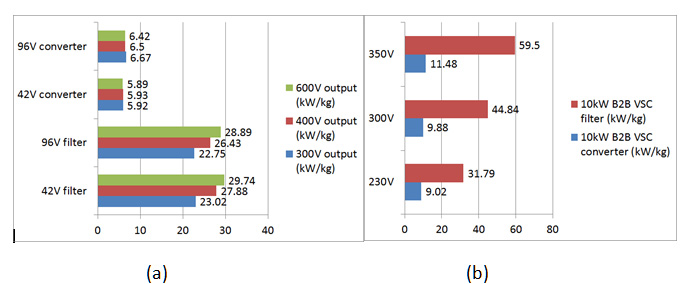
Fig. 1. Power density comparison (a) dc-dc converter and (b) motor drive.
Industry always has a strong will to increase the power distribution bus voltage due to the ever-increasing power consumption of the load, since a high-voltage power bus can lower I
2R losses. In addition, a higher bus voltage can reduce the size and cost of cables. Besides the cables, the impact of higher voltage on other components is not clear; in particular, few studies have shown the impact of a higher-voltage bus on the power converter, which has voltage-sensitive components such as power semiconductors and capacitors. This paper studies the impact of higher bus voltage on the power density and efficiency of a converter. A dc-dc converter and a front-end motor drive are used as examples. Results show a variation of power density along with power level and voltage level.
The following figure shows that the power density (without converter housing) changes with different voltage levels of the 1 kW dc-c converter and 10 kW motor drive. From these results, the following conclusions can be drawn:
- The power density of the converter without a filter does not change too much when the bus voltage is increased.
- The power density of the EMI filter increases when the voltage level increases.























































































